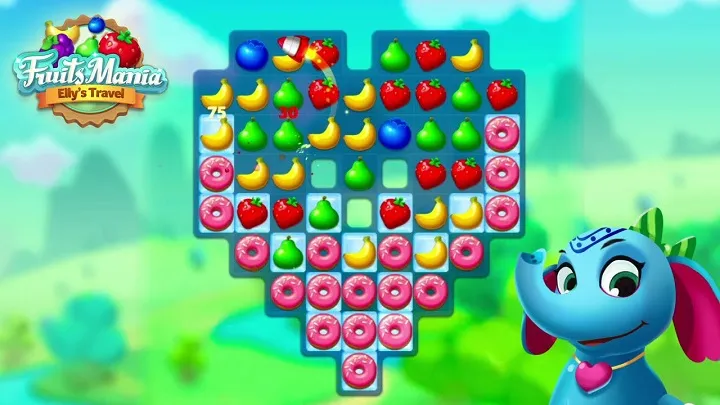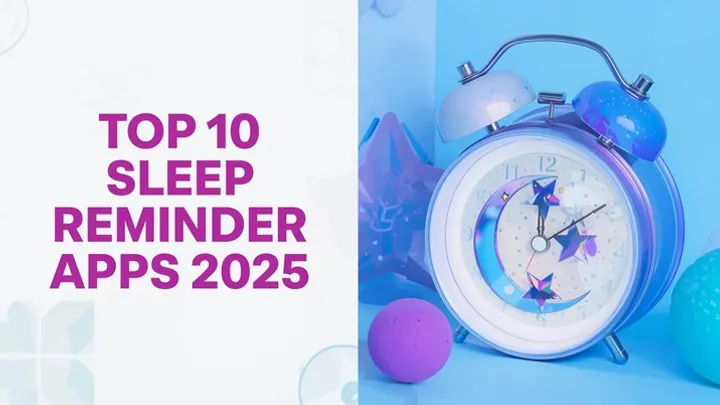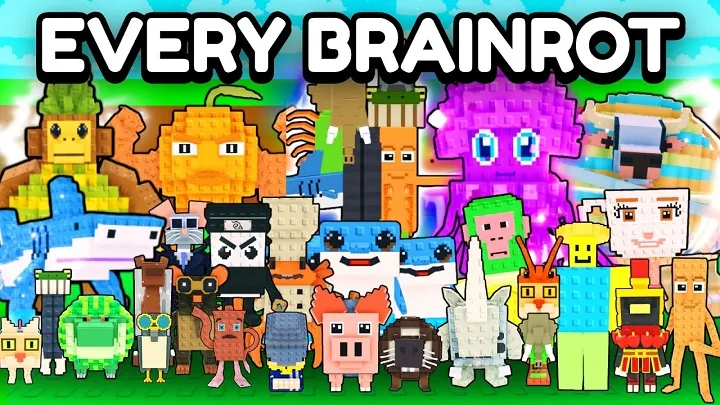Introduction
Fruits Mania has earned its popularity as one of the most colorful and relaxing puzzle games in the mobile gaming market. With its simple match-3 mechanics and vibrant fruit-themed design, it attracts both casual and committed players. However, beneath the cheerful surface lies a pressing issue that defines much of the player experience: level difficulty spikes. Unlike the steady learning curves seen in some puzzle games, Fruits Mania often throws sudden, almost unfairly difficult levels at players, disrupting pacing and creating frustration. This article will explore the issue of difficulty spikes in Fruits Mania, analyzing how it affects gameplay over time, how players adapt, and what solutions might ensure a smoother experience.
The First Steps – Gentle Beginnings
When players first start Fruits Mania, the levels feel smooth and accessible. Early stages introduce mechanics gradually, allowing new players to become comfortable.

The early game is designed to be rewarding, with plenty of boosters and easy matches. This stage builds confidence and creates a strong hook. However, it also sets an expectation of fairness that later becomes problematic when difficulty suddenly surges.
The Sudden Wall – First Encounter with Difficulty Spikes
Around level 50 to 80, players often hit their first major wall. Previously, progress flowed easily, but now boards introduce obstacles like ice blocks, timed moves, or fruit jars that feel overwhelming.
This sudden change catches many players off guard. What was once a relaxing pastime quickly transforms into a frustrating grind. Players who encounter this wall often quit, which highlights how impactful difficulty spikes are on retention.
Psychological Impact – From Joy to Stress
Puzzle games rely heavily on rhythm and flow, and difficulty spikes break this rhythm. The abrupt transition from winning streaks to repeated failures changes the emotional connection with the game.
H3: Emotional Effects
- Joy shifts into stress and irritation.
- Players question whether levels are designed fairly.
- Some begin to suspect pay-to-win mechanics.
This creates a psychological hurdle that can be more damaging than the difficulty itself.
Monetization Pressure – Boosters as a Solution
The timing of difficulty spikes often coincides with monetization mechanics. Players are encouraged to purchase boosters or extra moves to get past tough levels.
H4: Types of Boosters Pushed During Spikes
- Extra move packs.
- Special fruits with explosive effects.
- Unlimited play timers.
While monetization is natural in free-to-play games, when tied to sharp spikes, it can feel manipulative. Many players express frustration at being forced into spending rather than relying on skill.
Midgame Patterns – Predictable but Frustrating
By the midgame (levels 150–300), difficulty spikes follow a predictable pattern. Every 15 to 20 levels, players hit a near-impossible stage requiring multiple retries or boosters.
This cycle creates a love-hate relationship: players enjoy the smoother levels but dread the upcoming “paywall” stages. It damages long-term engagement and risks pushing players away just as they’ve invested significant time.
Community Strategies – Coping with Spikes
Despite frustrations, the Fruits Mania community has developed strategies to overcome these spikes without spending money.
Popular Player Approaches
- Saving boosters from easier levels for “spike” stages.
- Watching ads for free rewards strategically.
- Using online forums to share walkthroughs and solutions.
This shows how dedicated players adapt, but also highlights the lack of balance in the core design that forces such adaptations.
Competitive Events – Amplifying the Problem
Special timed events and tournaments can make difficulty spikes even more problematic. Players competing for leaderboard positions feel extra pressure to overcome spikes quickly.

Consequences in Competitive Play
- Paying players gain a massive advantage.
- Free players are often excluded from top rankings.
- Frustration rises when progress depends on wallet size rather than skill.
Events meant to increase engagement sometimes end up deepening dissatisfaction because of these imbalances.
Long-Term Fatigue – When Spikes Break Retention
Over time, the cycle of progress followed by brick-wall levels creates fatigue. Veteran players may leave the game, not because they dislike the concept, but because they feel trapped in endless difficulty manipulation.
This retention problem is particularly damaging for Fruits Mania, which thrives on keeping long-term users engaged. Unlike story-driven games, match-3 relies on loyalty and habit. Breaking this cycle risks the game’s sustainability.
Lessons from Other Puzzle Games
Other popular puzzle games, like Candy Crush Saga and Homescapes, also use difficulty spikes, but they employ them with more gradual pacing or reward systems that soften the frustration.
Fruits Mania could benefit from these lessons:
- Introduce smaller spikes instead of dramatic walls.
- Reward retries with incremental progress.
- Offer more free skill-based boosters rather than forcing purchases.
By learning from competitors, Fruits Mania can refine its balance while maintaining monetization.
A Path Toward Balance – The Future of Fruits Mania
To truly thrive, Fruits Mania must evolve its difficulty curve. Developers should focus on blending challenge with fairness.
Possible Solutions
- Dynamic difficulty adjustment based on player performance.
- Fairer booster distribution that rewards skill.
- Transparent design so players feel progression is achievable.
If executed correctly, these changes could transform difficulty spikes from frustrating obstacles into satisfying milestones.
Conclusion
Fruits Mania is a charming and addictive puzzle game, but its reliance on sudden difficulty spikes creates a cycle of joy, frustration, and fatigue. These spikes not only damage player trust but also tie progression too closely to monetization. While the community has adapted with strategies and shared solutions, the long-term sustainability of the game depends on developers addressing this issue. A smoother, fairer difficulty curve would keep players engaged longer, increase loyalty, and ensure Fruits Mania remains a staple in the mobile puzzle genre.

















